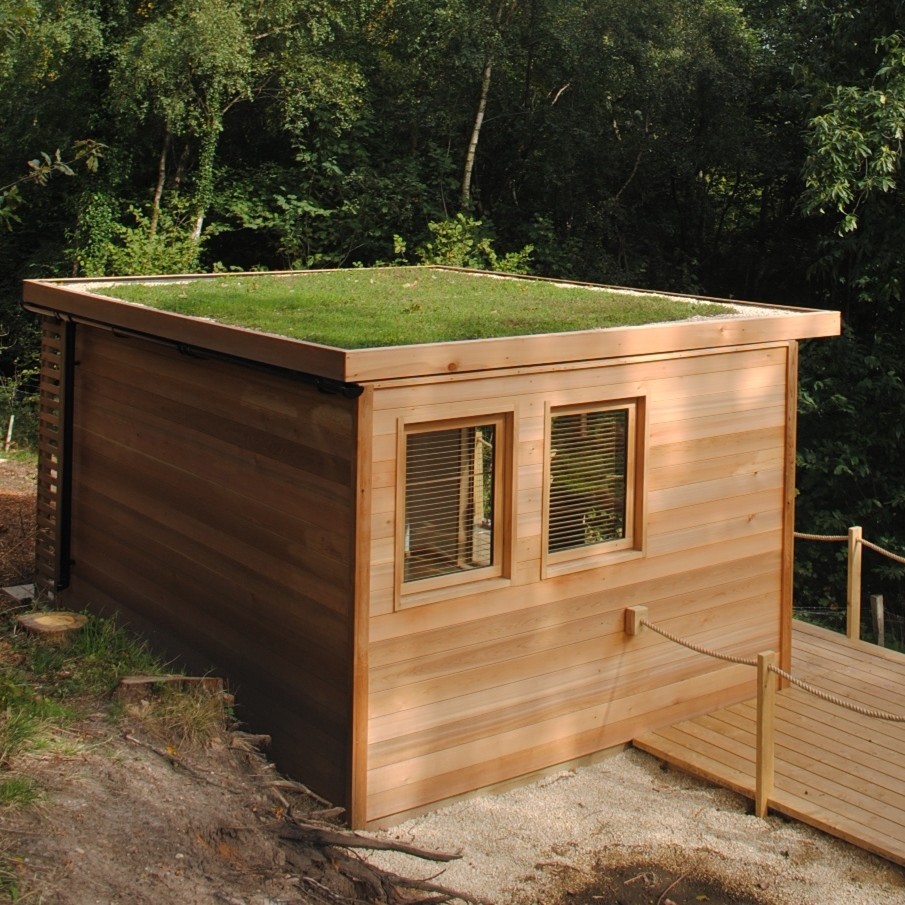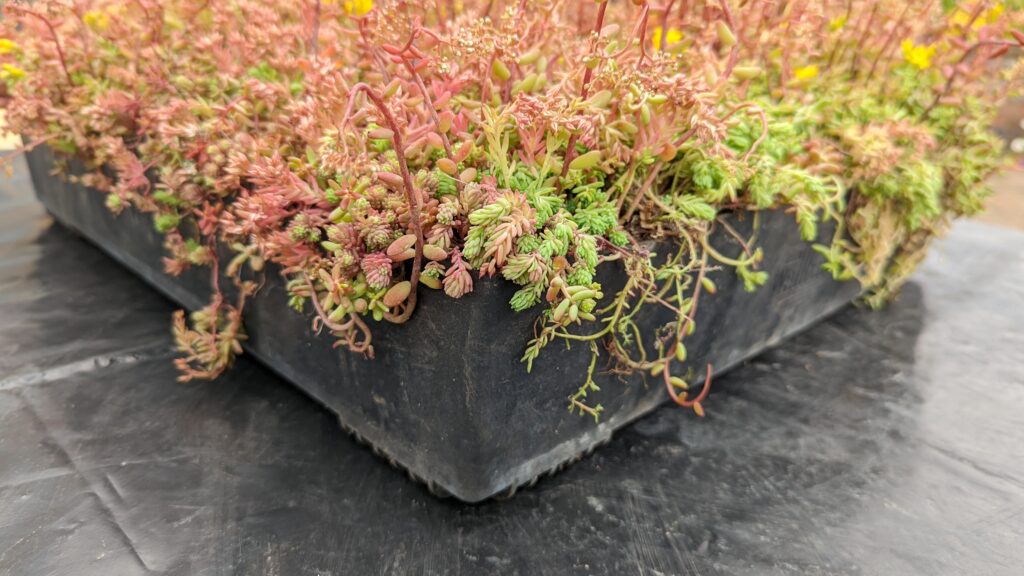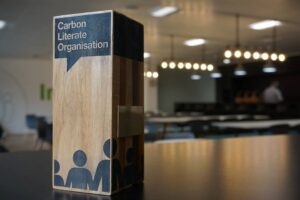Green roofs are a sustainable solution to enhance urban environments, reduce energy costs, and create habitats for wildlife. Building a small-scale green roof or helping clients add a green roof to an extensive roof can be a rewarding project, adding aesthetic appeal and environmental benefits.
The process can appear daunting but there are key steps between initial assessment and final sign-off.
Before diving into the construction process, ensure that your roof is suitable for a green roof. Consulting with a structural engineer will help to determine whether your roof can bear the additional weight of a green roof, substrate, plants and water. A typical extensive green roof weighs between 60 – 150 kg/m² when saturated.


Green roofs are commonly installed on flat or gently-sloping roofs with a pitch of up to 20 degrees. Steeper roofs may require specialised systems to hold soil in place.
A roof must maintain its waterproof capability so check or consider installing a waterproof membrane within the design plan for edges and additional features like skylights or vents.
The budget should cover materials, labour and any professional consultations. The list of materials required is not huge: roof deck, waterproof membrane, root barrier, drainage layer, filter fabric, substrate and plants or rolls of plants.
Opt for native, drought-tolerant plant species like sedums or wildflowers to minimise maintenance and irrigation. But base these on the prevailing conditions, as those plants most at home will thrive and replace others.



